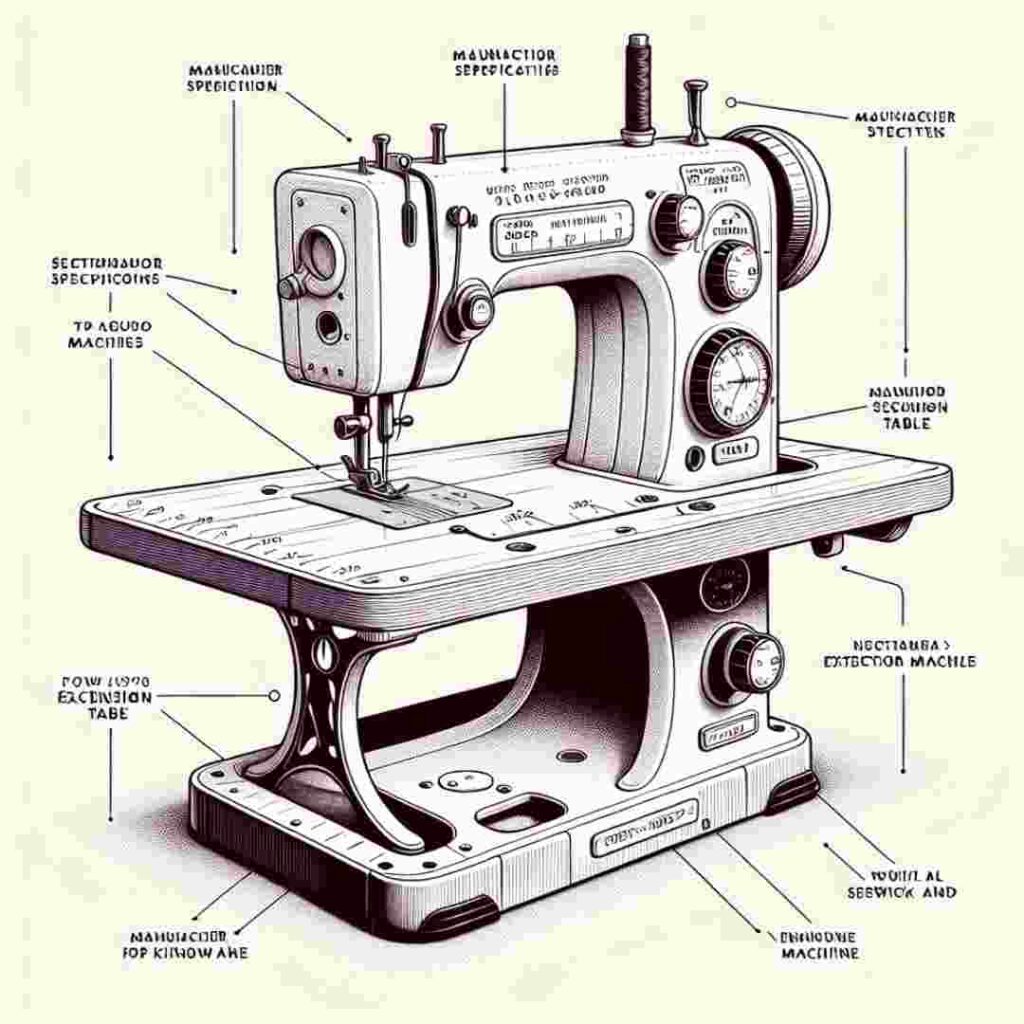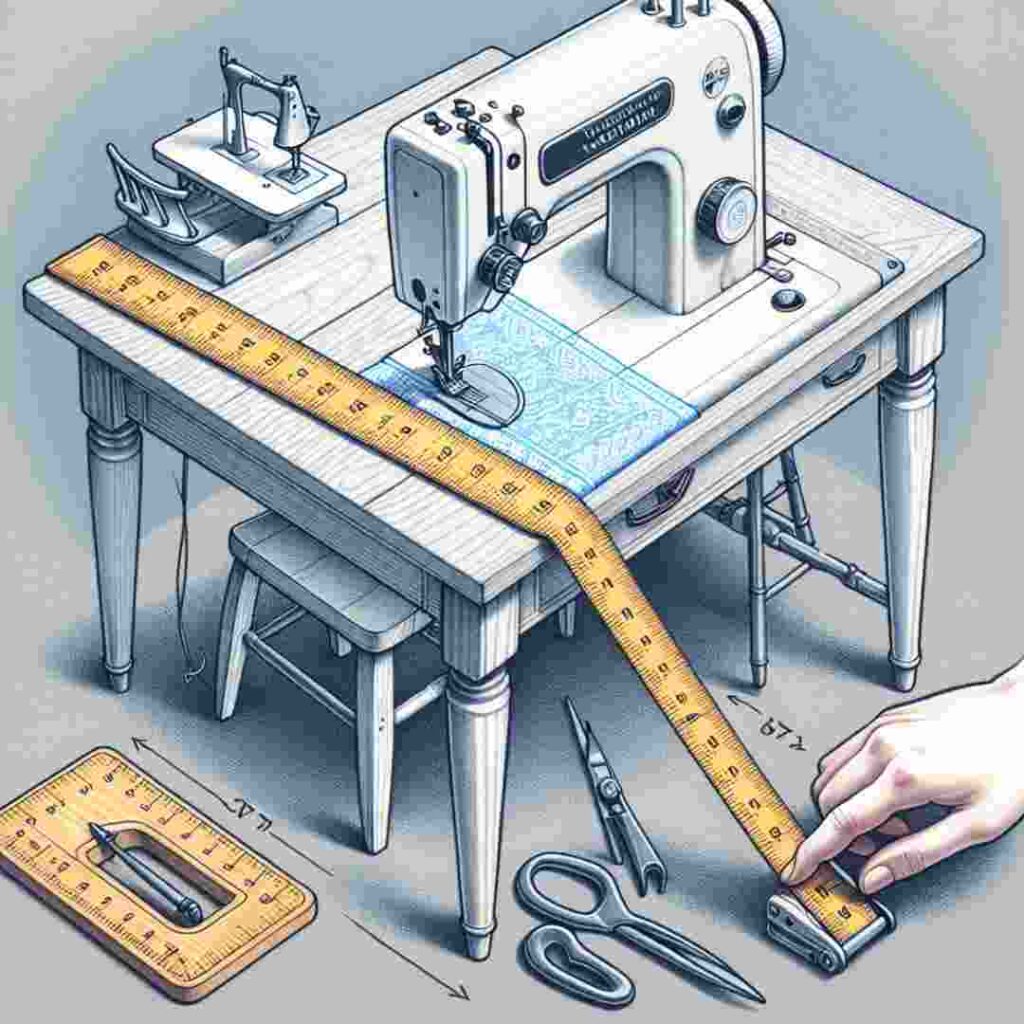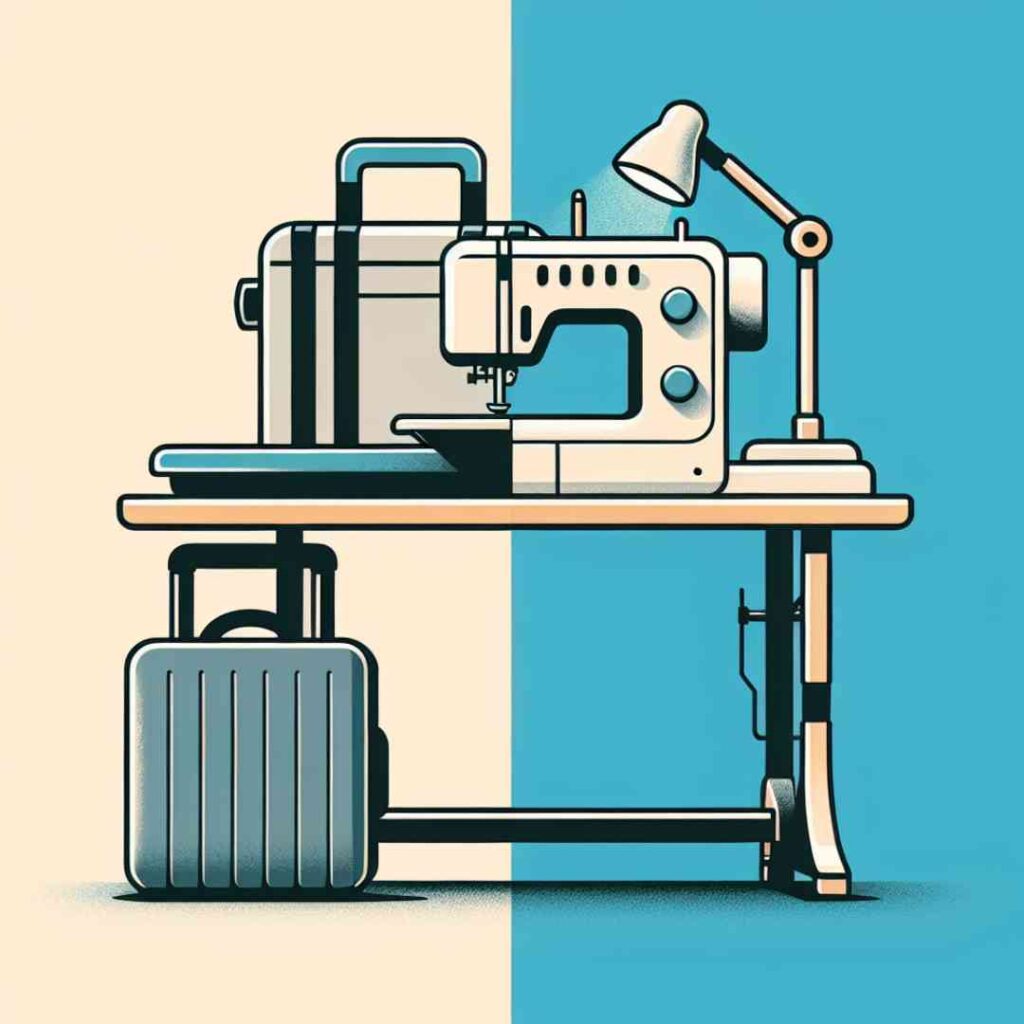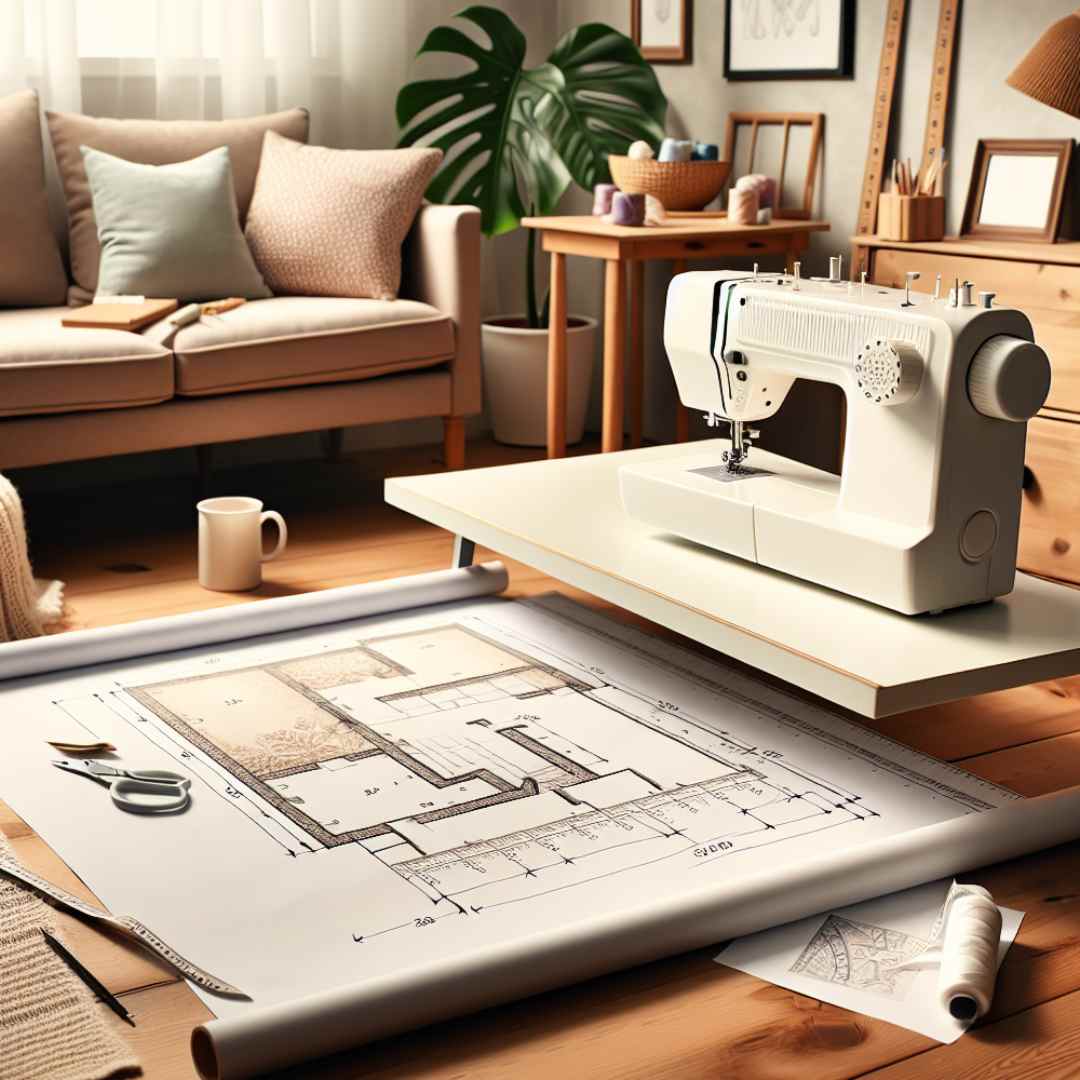Are you a sewing enthusiast looking to maximize your work area? An extension table can transform your sewing machine into a more versatile workspace, offering extra room for larger projects. However, to ensure a perfect fit, measuring your sewing machine accurately is essential. In this guide, we’ll walk you through measuring your sewing machine for an extension table, making the task as simple and stress-free as possible.
Why an Extension Table is Essential for Sewers
If you’ve been sewing for a while, you know how crucial workspace is. An extension table provides more room and supports your fabric, reducing tension and making sewing more accessible and efficient. Let’s explore why this accessory is a must-have.
For those who love quilting or larger sewing projects, an extension table can prevent fabric from dragging on the floor. This added space ensures that your projects stay clean and wrinkle-free. Furthermore, having more room to maneuver fabric allows for precise stitching and reduces the effort needed to handle larger pieces.
Lastly, an extension table enhances comfort by providing a larger surface area to rest your hands and arms. This can significantly reduce fatigue during long sewing sessions, making your hobby enjoyable and productive.
Understanding Your Sewing Machine’s Profile

Before you can measure your sewing machine, it’s crucial to understand its shape and size. Most machines are compact, but each has unique dimensions that affect how an extension table will fit.
First, identify your machine’s make and model. This information is usually found on the front or side of the machine. Knowing your machine’s specifications can help you find manufacturer-specific extension tables tailored to your design.
Next, observe the base of your machine. Note any protrusions or irregular shapes that might affect measurements. This will ensure that you account for all dimensions when measuring.
Tools You’ll Need for Accurate Measurement
Accurate measurements require the right tools. Here’s what you’ll need to ensure precision:
A flexible measuring tape is your primary tool. It can wrap around curves and corners, providing accurate dimensions for every part of your machine. A ruler or straight edge can also help measure flat surfaces or guidelines across more extended areas.
Remember to use a notepad and pencil to record your measurements. Without a written record, critical numbers can be easily forgotten. Finally, having a friend assist can make the process smoother, especially if you need to steady the machine or tape.
Measuring the Length of Your Machine

Start by measuring the length of your sewing machine. Length ensures the extension table provides adequate support and fits snugly.
Begin at the front of your machine, where the needle is located, and extend your tape to the back edge. Be sure to include any parts that protrude beyond the base, such as knobs or handles.
Take note of the length measurement and double-check for accuracy. An incorrect length could lead to an ill-fitting extension table, hindering your sewing experience.
Determining the Width Dimensions
Width is another critical dimension for your extension table. Ensuring the correct width will help balance your machine and provide stable support during use.
Measure from the leftmost edge to the rightmost edge of your machine. Include parts extending beyond the base, like dials or accessory storage compartments.
Record the width accurately. Measure twice to confirm your numbers. A miscalculated width can cause instability or force the table to wobble, impacting your sewing precision.
Measuring the Height for Stability

The height of your machine helps determine how level the extension table will sit relative to your sewing machine surface. Proper height alignment is critical for smooth fabric movement.
Start by measuring from the table or surface your machine sits on to the top of the sewing platform. This dimension ensures the extension table aligns perfectly with your sewing surface.
Ensure the height measurement is precise, especially if you have an adjustable sewing machine. Misjudging height can cause the fabric to catch or snag, disrupting your sewing flow.
Factoring in Sewing Machine Features
Many modern sewing machines come with features or attachments that may alter measurements. Consider these additional elements when measuring.
Account for their dimensions if your machine has a built-in free arm or removable accessory trays. These features often extend or change the base profile of your machine, affecting how an extension table fits.
Check if your machine includes any attachments, such as quilting guides or embroidery units that may change dimensions. These factors can influence the overall size needed for your extension table.
Considerations for Portable vs. Stationary Machines

The type of sewing machine you use—portable or stationary—affects your measurement strategy and extension table choice.
For portable machines, consider an extension table that’s lightweight and easy to attach. Measurements should account for portability, ensuring they are easy to set up and store when not in use.
Stationary machines might benefit from a more robust, fixed table. In this case, precise measurements ensure a permanent and stable fit, supporting all projects without compromising space.
Choosing the Right Extension Table Material
Once measurements are complete, consider the material of your extension table. The right choice can enhance durability and aesthetics.
Common materials include plastic, wood, and metal. Plastic tables are lightweight and affordable, while wooden tables offer durability and a classic appearance. Metal provides a sleek, modern look with added strength.
Choose a material that complements your sewing area and meets your project needs. The material should withstand wear and tear while fitting seamlessly into your workspace.
DIY vs. Pre-Made Extension Tables

Deciding between a DIY extension table and a pre-made option depends on your preferences, skills, and budget.
Building a DIY table allows customization to your exact measurements and style preferences. It can be a rewarding project for skilled crafters but requires time and tools.
Pre-made tables offer convenience and are tested by manufacturers for fit and stability. They come in various sizes and styles to match your sewing machine and space requirements.
Ensuring a Perfect Fit
After measuring and selecting your extension table, confirm that it fits your sewing machine perfectly.
Check alignment by placing the table against your machine and ensuring all edges are flush. Secure any attachments or connectors according to the manufacturer’s instructions.
Test the table by running a few sample stitches. Ensure stability and smooth fabric movement. If adjustments are needed, re-measure and fine-tune the fit.
Maximizing Your Sewing Experience with an Extension Table
An extension table can revolutionize your sewing experience, offering enhanced space and support. By accurately measuring your machine and choosing the correct table, you’ll enjoy an improved workspace tailored to your needs.
Consider joining online sewing communities or tutorials to exchange tips on making the most of your extension table. Engaging with fellow enthusiasts can inspire creativity and project ideas.
Suppose you’re ready to elevate your sewing. Jump and measure for an extension table today. Whether you choose DIY or pre-made, your sewing projects will benefit from the added space and support.
Conclusion
A perfectly fitted extension table is an invaluable addition to any sewing enthusiast’s toolkit. With accurate measurements and careful selection, your sewing machine can become a powerhouse of creativity and efficiency. We hope this guide has equipped you with the knowledge and confidence to enhance your sewing setup. Happy sewing!
When you’re ready to explore even more sewing tips and tricks, consider following our blog or joining our mailing list for updates and exclusive content. Here’s to many creative adventures ahead!











